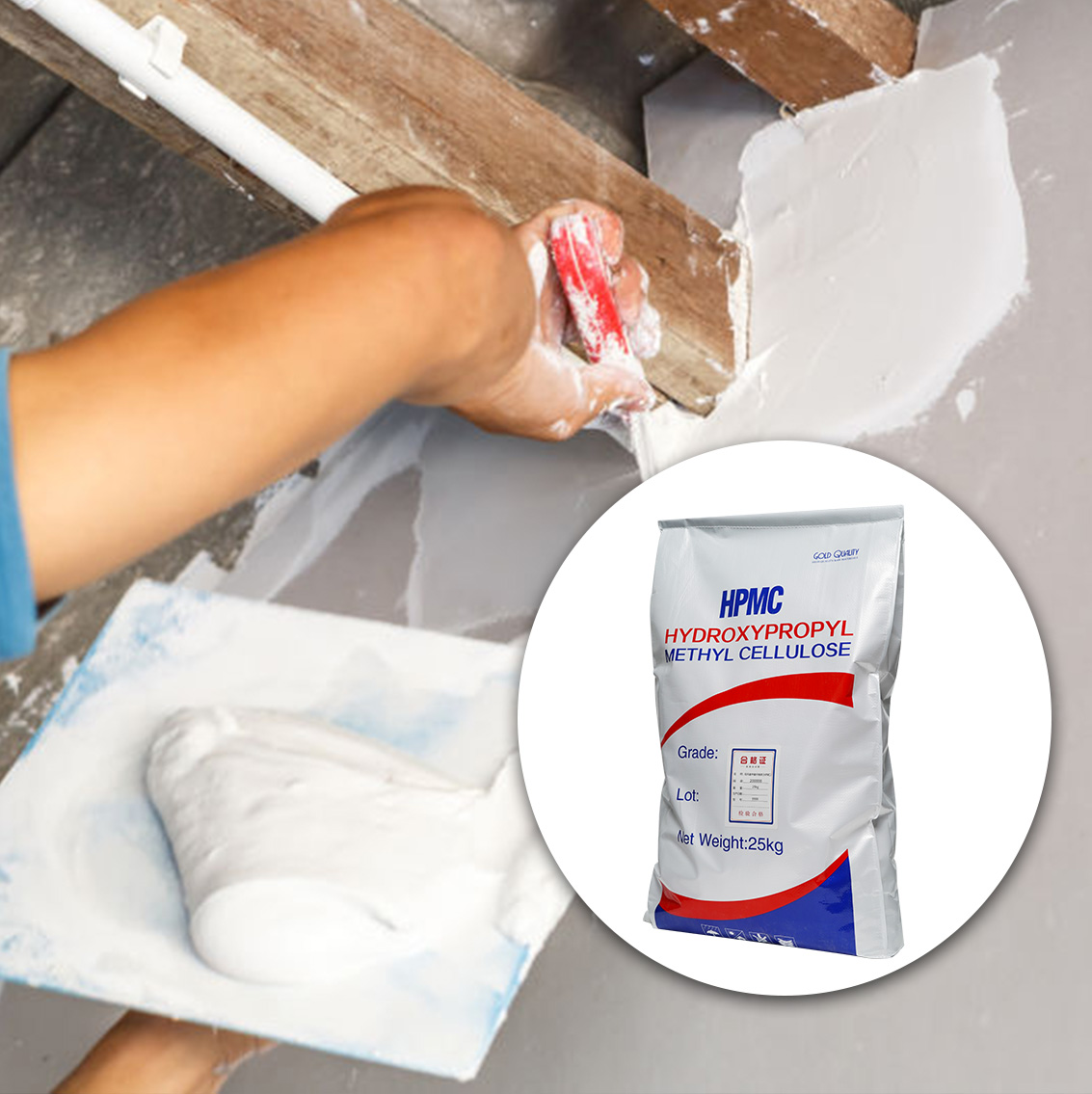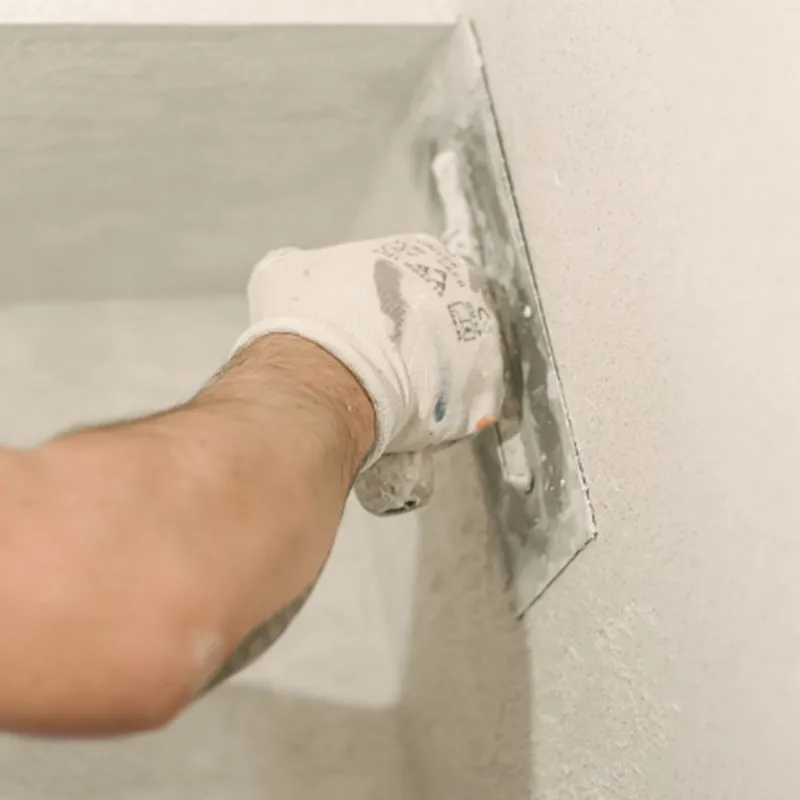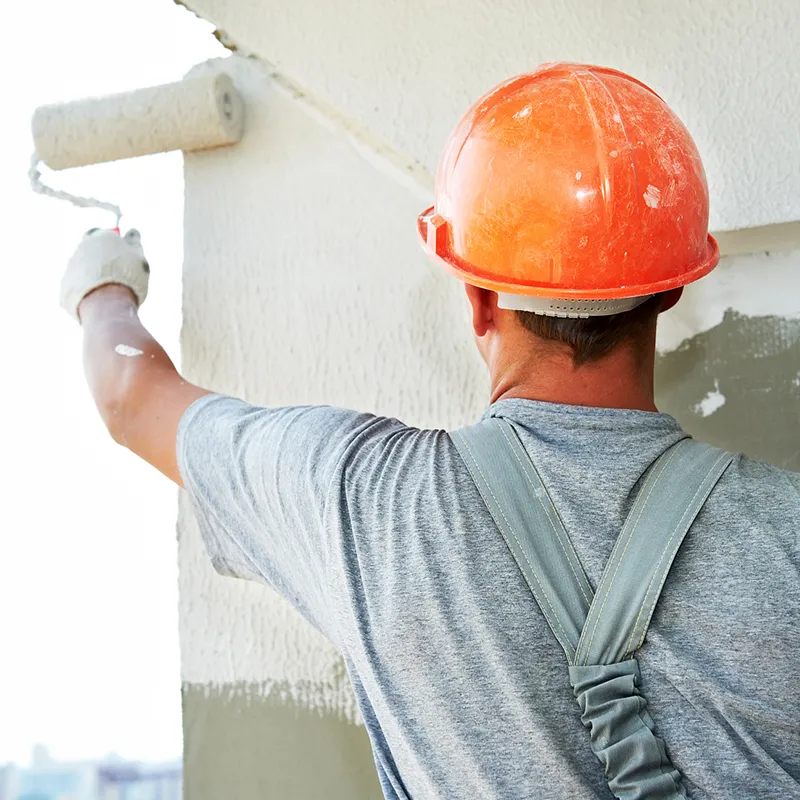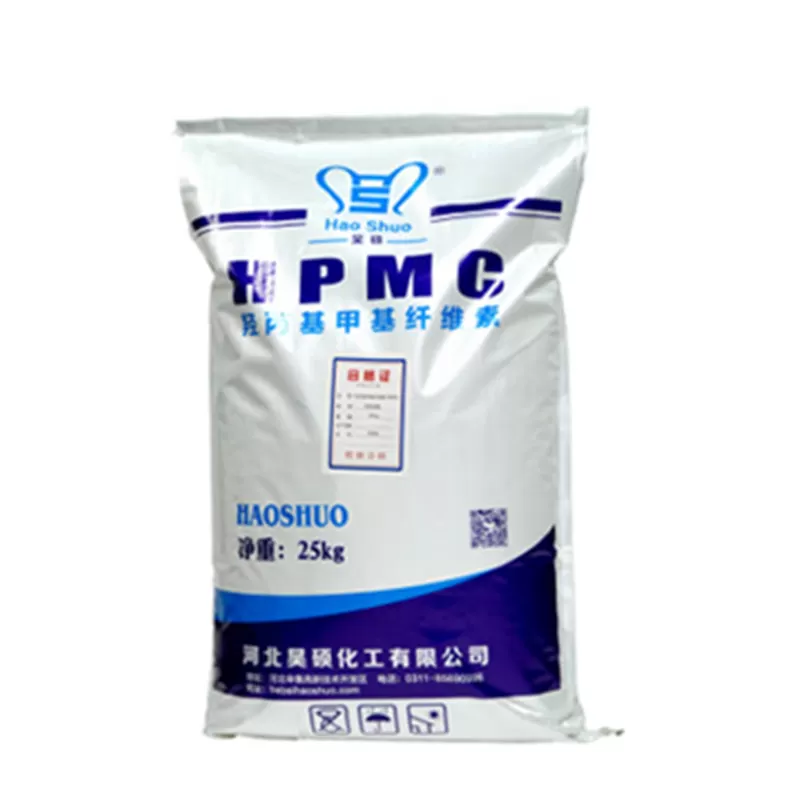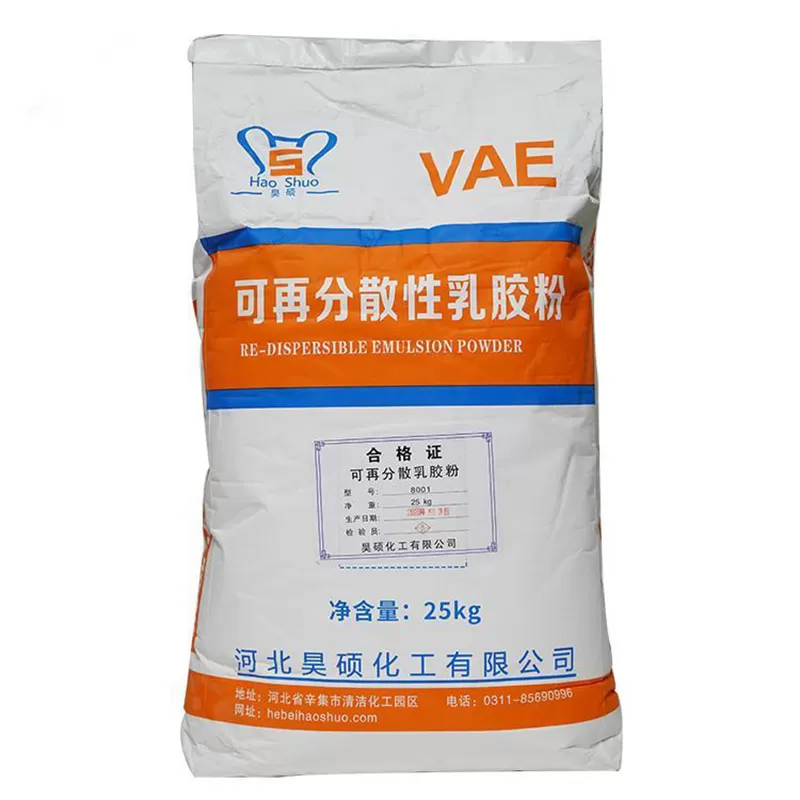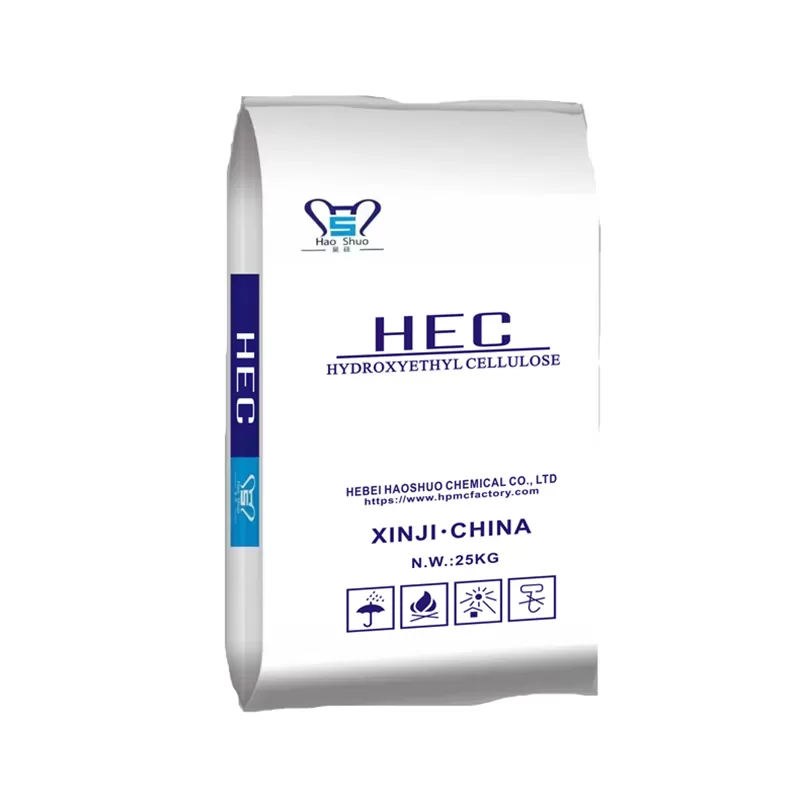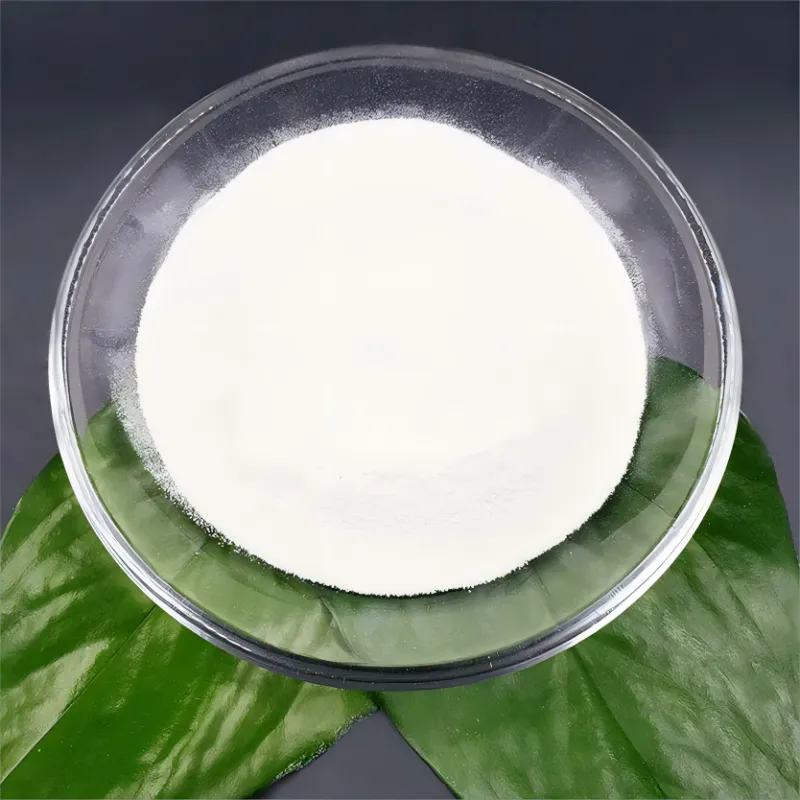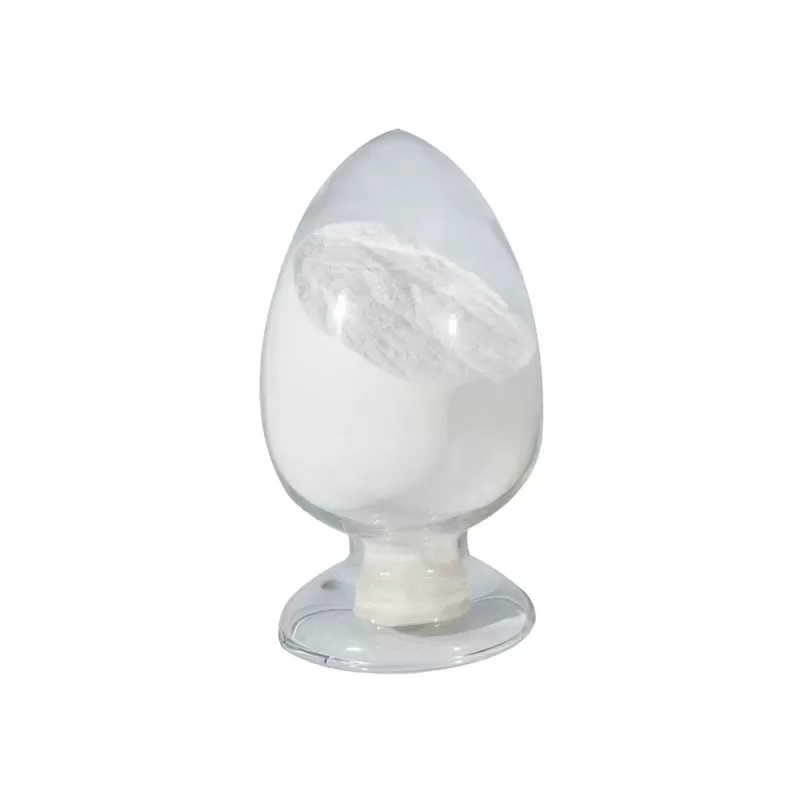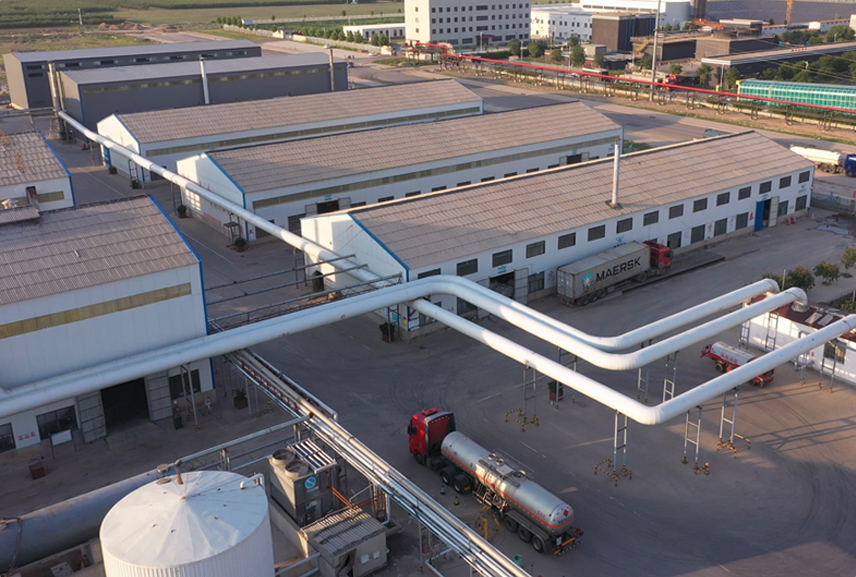Wall Putty Hydroxyporpyl Methyl Cellulose(HPMC)
HPMC for wall putty enhances key properties like water retention, crack resistance, and workability, ensuring a smooth and durable finish. With high water retention, dispersion, and easy dissolution, HPMC polymer is ideal for dry mortar building, offering exceptional performance for both interior and exterior wall putty applications.
Hydroxypropyl Methyl Cellulose HPMC
| COMMON NAME | HYDROXYPROPYL METHYL CELLULOSE |
| ABBREVIATION | HPMC |
| CAS NO. | 9004-65-3 |
| STANDARDS COMPLIANT | ENTERPRISE STANDARD |
| CHEMICAL FORMULA | R=CH2CH(CH3)OH |
PHYSICAL AND CHEMICAL PROPERTIES:
* Particle size: 98.5% passes through 100 mesh; 100% passes through 80 mesh.
* Charring temperature: 280-300℃.
* Bulk density: 0.25-0.70 g/cm3 (Usually around 0.5 g/cm3 )
* Real specific gravity: 1.26-1.31.
* Browning temperature: 190-200℃.
* Surface tension: (2% water solution) 42-56dyn.cm.
* Properties: Dissolved in water and some organic solvent such as ethanol. propyl alcohol. ethylene chloride, the water solution is of surface activity. HPMC powder is a nonionic surface active agent. Gelation temperature is different for different grades. For example, among 60RT Hydroxypropyl Methylcellulose, 60 is gelation temperature, Namely, 2% water solution will form gelation at 60%.
HaoShuo Cellulose Ether provides putty with the following properties:
- excellent water retention;
- easy to smooth;
- long opening hours;
- Wide range of environmental adaptations.
Gypsum Plaster Hydroxyporpyl Methyl Cellulose(HPMC)
Elevate your plastering projects with Haoshuo's Gypsum Plaster HPMC. Infused with Hydroxypropyl Methylcellulose, this advanced solution enhances workability, water retention, and tensile strength. The HPMC cellulose's high stability ensures improved resistance, prevents cracking, and enhances overall appearance in gypsum plaster applications.
HaoShuo cellulose ether provides key properties for gypsum-based mortars:
- high water retention;
- Fast dissolving speed;
- good adhesion;
- easy pumping and good sag resistance;
- Easy to apply and press finish.
As a professional Wall Putty HPMC supplier, HaoShuo provides different grades of high quality HPMC:
Technical Support
HaoShuo have a strong technical organization with the capabilities to maximize the benefits of cellulose ethers in your application. we provide technical assistance to our customers in products analysis, formulation optimization etc.
Equipped with technical expertise and background, HaoShuo technical support staff are ready to assist customers with fist-class service, they have many decades of experience in the area of formulation research and developent, products test etc and can help customers to develope and optimising the appropriate products.
With ISO9001-2000 international quality system certification, factory directly sell and competitive price, our hydroxy propyl methyl cellulose has been exported around the world like Pakistan, India, South Korea, Bangladesh, Indonesia, Singapore, Taiwan, Belgium, Thailand etc. Sincerely hope to cooperate with you!
Wall putty/Plaster application guide
• Sag-resistance: HPMC can provide a good viscosity of the wet mortar, prevent wall putty sagging.
• The good filming property on the surface of wall putty, could reduce the water absorption of base wall. Reduce the risk of cracking.
• Good water retention will make sure all the putty powder additives and gypsum additive reach the best performance.
• Good workability to increase the efficiency.
Packaging and Storage
Packaging and storage: 25 kg/bag
Note: The product is packaged in polypropylene woven bags, each with a net weight of 25kg. When storing, place in a ventilated and dry place indoors, pay attention to moisture. Pay attention to rain and sun protection during transportation.
Quantity/20GP: 12 tons with pallets, 14 tons without pallets.
Quantity/40HQ: 24 tons with pallets, 28 tons without pallets.
You may also like:
Wall putty in construction system
The coating system is generally divided into three layers: wall, putty and paint. When the ambient temperature and humidity change, due to the different deformation coefficients of the three-layer materials, the deformation is consistent, which inevitably generates stress in the decoration system. The putty resists cracking of the substrate and peeling of the film by virtue of its flexibility to relieve stress. At the same time putty provides a leveling, smooth or textured substrate for latex paints. Due to the optimization of the putty formula, the amount of latex paint is reduced and the service life of the coating film is prolonged.
Gypsum VS Cement
Gypsum plays a very important role in the building materials industry. Compared to cement, gypsum has unique characteristics:
- Fast curing speed and adjustable curing time;
- There is a little swelling after hydration, and the cementitious material has no hollowing and cracking phenomenon;
- After curing, a large number of porous structures are formed in the material, which has the functions of ventilation, sound absorption and sound insulation. It can adjust the humidity of living and working places and create a comfortable climate, so gypsum plays an important role in interior decoration;
- Rich in natural gypsum resources, unit energy consumption is lower than cement. Gypsum can be recycled;
- Power plant desulfurization produces a large amount of gypsum, providing a rich source of gypsum.
Related news





